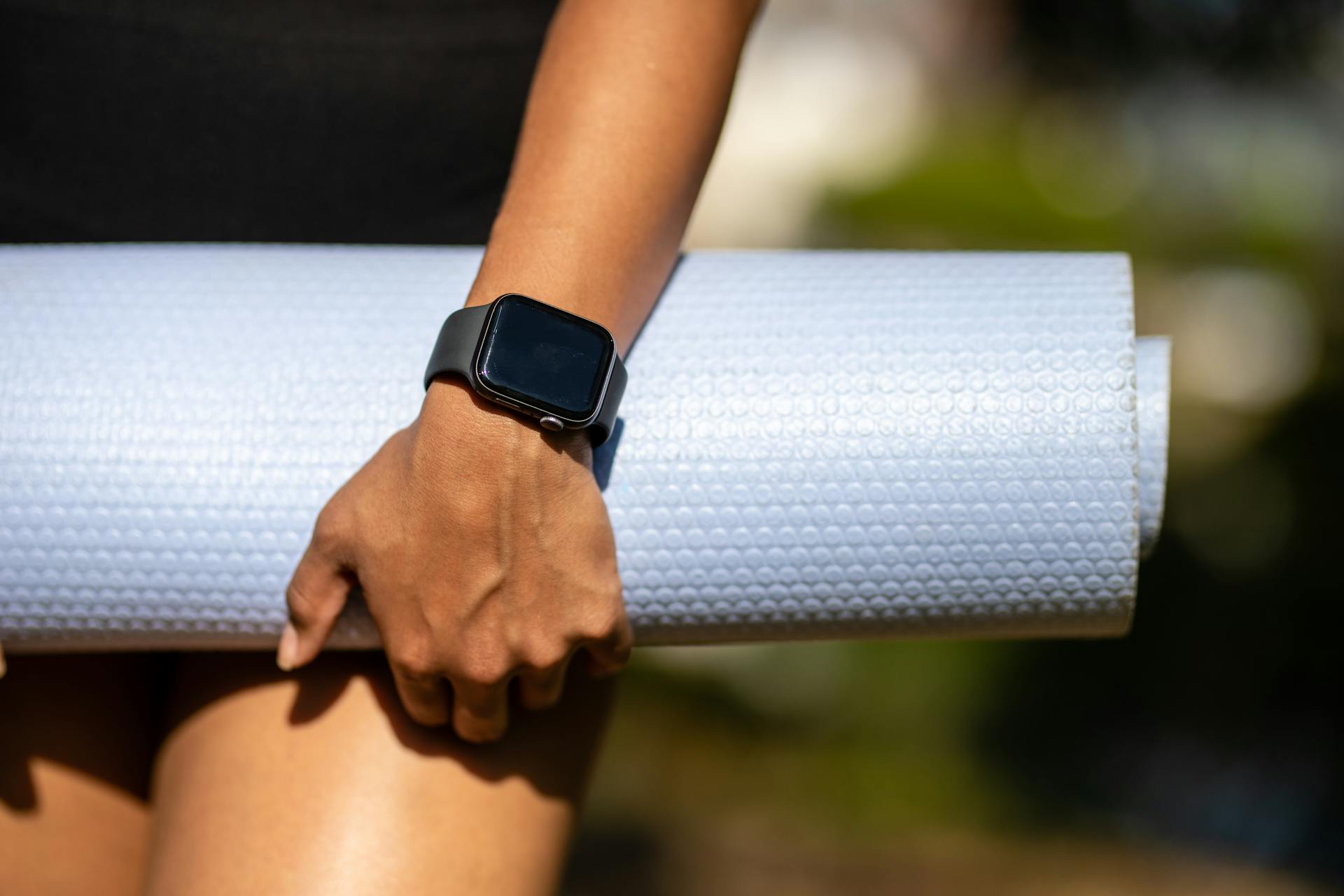Cutting-Edge Fitness Technologies to Embrace as a Personal Trainer
By Ellaine | November 6, 2024
The fitness industry is rapidly evolving with new technologies that are transforming how personal trainers engage with clients and deliver results. From AI-driven workout plans to wearable devices that track real-time progress, personal trainers now have access to tools that can revolutionise their services. In this blog post, we’ll explore the cutting-edge fitness technologies that every personal trainer should consider incorporating into their practice to stay competitive and deliver exceptional client experiences.
- Wearable Fitness Devices
Wearable fitness technology has revolutionised the way we track progress and monitor health metrics. Devices such as fitness trackers and smartwatches (e.g., Fitbit, Apple Watch, Garmin) offer a wealth of data on heart rate, calories burned, steps taken, sleep patterns, and more. As a personal trainer, these devices provide you with valuable insights into your clients’ fitness levels, allowing you to create more personalised and effective training plans.
How it Works: By syncing with fitness apps, wearable devices allow you to track client data in real-time. This information can be used to fine-tune workout intensity, track recovery times, and measure improvements over time. These tools enable you to offer data-driven coaching, fostering client accountability and enhancing overall results.
Why it Matters: The ability to analyse and adjust workouts based on live data gives personal trainers a significant edge, improving outcomes and keeping clients engaged. It also empowers clients by making them more aware of their progress, promoting a sense of achievement and encouraging long-term fitness commitment.
- AI-Driven Personal Training Apps
Artificial Intelligence (AI) is making waves in the fitness world by providing personalised workout recommendations and tracking clients’ progress through intelligent algorithms. Apps like NexusGyms are using AI to design custom workout plans based on clients' goals, fitness levels, and preferences.
How it Works: AI-powered fitness apps collect data from users, such as exercise performance, diet, and recovery, then analyse this information to adapt training plans. They can recommend adjustments to exercises, sets, reps, and rest periods in real-time, ensuring that each workout is optimised for maximum effectiveness.
Why it Matters: With AI-driven apps, personal trainers can offer more flexibility to clients who prefer virtual training or need additional guidance between sessions. These apps also provide more efficient ways to track progress, ensuring that clients are continually challenged and their workouts are evolving in line with their fitness journey.
- Virtual and Augmented Reality (VR & AR)
Virtual and augmented reality technologies are gaining traction in the fitness world, offering immersive and interactive workout experiences. Whether it’s using VR for full-body workouts or AR to display exercise corrections in real-time, these technologies are reshaping the way personal trainers deliver sessions.
How it Works: In a VR fitness session, clients can immerse themselves in a virtual environment where they follow guided workouts, from cycling in a virtual city to completing strength training routines in a 3D gym. Augmented reality, on the other hand, overlays digital information onto the physical world, helping clients to visualise proper form and technique during exercises.
Why it Matters: AR and VR provide highly engaging and motivating experiences that keep clients entertained while achieving their fitness goals. They are particularly useful for clients who may struggle with motivation or those who are looking for new, exciting ways to train. As a trainer, incorporating these technologies can set you apart from others in the market and offer a unique service to your clients.
- Smart Gym Equipment
Smart gym equipment is transforming the way personal trainers design and deliver training programmes. Devices like Peloton bikes, smart treadmills, and connected strength training machines (e.g., Tonal, Bowflex) offer interactive features and data-driven insights that improve the workout experience.
How it Works: Smart equipment connects to apps that provide real-time data and feedback, such as adjusting resistance automatically, tracking performance metrics, and offering on-demand classes. Trainers can monitor clients' workouts remotely, adjust their exercise settings, and ensure they are performing exercises correctly.
Why it Matters: Smart gym equipment helps clients achieve their fitness goals more efficiently while providing you with detailed insights into their performance. By using these technologies, trainers can customise workouts based on data, track progress accurately, and even offer remote coaching services, making it easier to stay connected with clients who can’t attend in-person sessions.
- Fitness Gamification Platforms
Gamification is a trend that's gaining popularity in the fitness world. Platforms such as Zwift, Strava, and even Peloton have taken fitness to the next level by turning workouts into interactive games that reward users with points, badges, or achievements.
How it Works: Gamification platforms create a sense of competition, achievement, and fun by turning fitness milestones into challenges. Clients can track their progress on leaderboards, participate in fitness challenges, and receive rewards for reaching goals. Some platforms even allow you to compete with friends or global users, fostering a sense of community and motivation.
Why it Matters: Gamification motivates clients to push themselves further by offering rewards and a sense of accomplishment. It also keeps clients engaged with their fitness routine, particularly for those who may be easily bored or demotivated. As a trainer, you can use gamification to foster friendly competition, encourage regular activity, and increase client retention.
- Online Fitness Communities & Social Media Integration
Building an online community for your fitness business can provide your clients with continuous support, motivation, and a sense of belonging. Integrating your personal training services with social media platforms like Instagram, Facebook, or private Facebook Groups allows you to interact with clients outside of regular sessions.
How it Works: Online fitness communities provide a space for clients to share progress, ask questions, and interact with other fitness enthusiasts. You can post workout tips, motivation, and success stories, which keeps clients engaged and inspired. Social media integration also allows you to run challenges and campaigns that encourage clients to share their fitness experiences.
Why it Matters: An online community extends the personal training experience, fostering long-term relationships with clients. It provides a platform for clients to support one another, celebrate successes, and stay motivated. Additionally, it serves as a valuable marketing tool by showcasing your expertise and creating word-of-mouth referrals.
Conclusion
As a personal trainer, embracing cutting-edge fitness technologies not only improves your client’s experience but also positions you as a forward-thinking professional in a rapidly evolving industry. From wearable devices that track progress in real-time to AI-powered apps and virtual fitness experiences, technology can enhance your training services, streamline your operations, and keep clients engaged. By incorporating these innovations, you can offer personalised, data-driven solutions that deliver results and build a loyal clientele. Stay ahead of the competition by integrating these technologies into your personal training business, and watch your brand thrive in the digital age.

Ellaine
Ellaine is a dedicated and experienced personal trainer with over seven years of expertise in helping clients achieve their fitness goals. With a passion for health and wellness, she specialises in creating personalised training programs that cater to individual needs, whether it’s weight loss, muscle building, or improving overall fitness.
